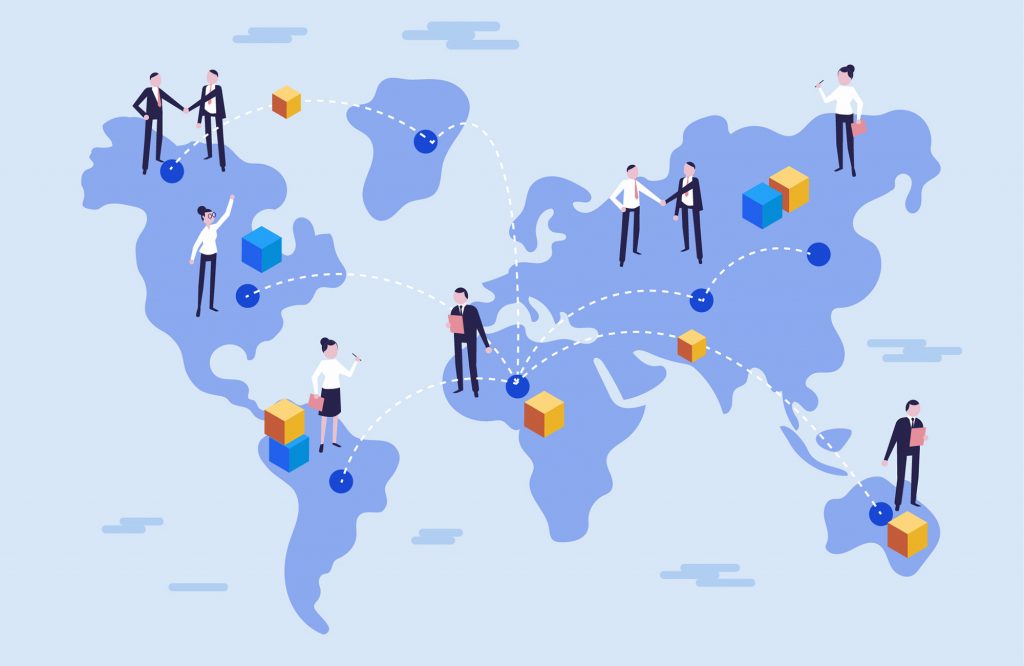危险品跨境物流:挑战与解决方案

在当今全球市场中,跨境运输危险品是国际贸易的一个关键方面。无论是化学品、电池还是药品,处理危险材料都需要严格遵守法规和仔细的物流规划。然而,跨境物流的复杂性可能会带来挑战。在本文中,我们将探讨危险品物流面临的主要挑战,并提出有效的解决方案,以提高安全性和效率。
理解危险品物流
危险品,也称为危害材料,是指对健康、安全、财产或环境构成风险的物质。这些材料被分为不同的类别,如易燃、腐蚀性和有毒,每种类别都需要特定的处理和运输协议。
跨境物流中的主要挑战
-
法规合规性
- 多样化法规:不同国家对危险品运输的法规各不相同。遵守国际标准(如联合国《危险货物运输建议书》)和当地法律可能会很复杂。
- 文件要求:运输危险材料所需的文件可能很繁琐,并且各国之间有所不同,可能导致延误。
-
安全与安保风险
- 事故和泄漏:运输过程中发生事故的风险可能导致泄漏或溢出,造成显著的安全和环境危害。
- 盗窃和篡改:危险品可能成为盗窃的目标,因此在运输过程中需要加强安全措施。
-
物流复杂性
- 运输方式:协调多种运输方式(航空、海运、陆运)可能会使物流变得复杂。每种运输方式对于危险品都有自己的法规和处理要求。
- 基础设施有限:一些国家可能缺乏安全处理危险材料所需的基础设施,造成瓶颈和延误。
-
培训和意识
- 缺乏受过培训的人员:确保物流链中所有参与人员都经过适当的危险品处理培训至关重要。缺乏培训可能导致错误处理和事故。

跨境物流的有效解决方案
-
简化法规流程
- 法规协调:倡导各国危险品法规的协调可以简化合规流程并减少混淆。
- 集中文件系统:实施集中管理文件的系统可以帮助物流公司高效满足所有法规要求。
-
增强安全措施
- 使用先进包装:投资于坚固的包装解决方案,可以在运输过程中减少泄漏或溢出的风险,从而提高安全性。
- 实时监控:利用物联网设备进行货物的实时跟踪,可以帮助尽早发现问题,从而迅速应对潜在问题。
-
改善物流协调
- 集成物流解决方案:与专门从事危险品运输的第三方物流(3PL)提供商合作,可以简化操作并减少跨境运输的复杂性。
- 多模式运输规划:制定综合运输计划,考虑不同运输方式的优缺点,可以提高整体效率。
-
培训和教育计划
- 定期培训课程:为所有参与处理危险品的员工实施持续培训计划,以确保他们了解最新的法规和安全实践。
- 意识宣传活动:开展关于危险品相关风险的宣传活动,可以在组织内部培养安全文化。
跨境危险品物流面临独特的挑战,需要仔细的规划和执行。通过理解这些挑战并实施有效的解决方案,企业可以提高其运营的安全性和效率。随着全球贸易的不断扩展,解决危险品物流的复杂性对于确保合规、保护公众健康和环境至关重要。
通过关注这些方面,企业不仅可以遵守法规,还可以在危险品运输中建立可靠性和安全性的声誉。

top



